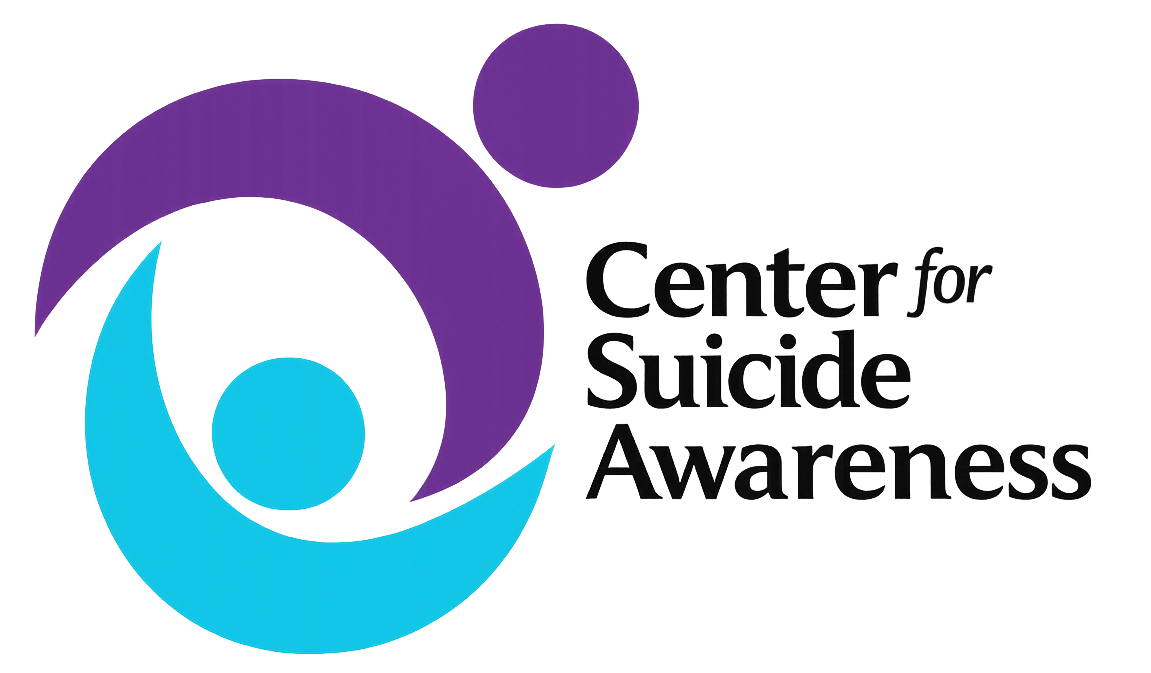Calming the Nervous System with Compression: A Practical Guide for Veterans, First Responders & Adults
Sep 07 2025 15:32
Renee Kasuboski
When your body is constantly on alert—after years of service, shift work, trauma, or simply too little sleep—your nervous system can get “stuck” in high gear. Veterans, first responders, and adults often live in this heightened state, where hypervigilance, muscle tension, and restless sleep become the norm.
That’s where compression garments—tank tops, shirts, sleeves, vests, or stockings—can help. Many describe compression as a steady “hug” that calms the body, sharpens focus, and promotes steadiness in stressful environments. At Fox Valley Warrior Aid Alliance (FVWAA) and the Center for Suicide Awareness (CSA), we’ve seen these simple, low-cost tools quietly change daily routines, fitting seamlessly under uniforms, turnout gear, or everyday clothing.
Why Compression Helps the Brain & Body
Deep-pressure input = neurocalming
Gentle, sustained compression stimulates the parasympathetic nervous system—the “rest and digest” response. Research shows measurable reductions in heart rate, skin conductance, and anxiety signals when people use compression or weighted garments. [Fraser Sensory]
Sharper body awareness (proprioception)
Compression boosts joint-position sense, helping with coordination, balance, and “groundedness.” A 2024 meta-analysis confirmed significant improvements in proprioception with compression wear. [PubMed]
Relief for restless legs & sitting fatigue
Compression socks and stockings improve circulation, reduce swelling, and can ease restless legs syndrome (RLS), helping users settle into deeper, restorative sleep.
Recovery support
While compression doesn’t “treat” trauma, studies suggest it can mitigate fatigue-related strength loss and muscle soreness during recovery windows. [PubMed, 2025]
What the Evidence Says (in Plain English)
- Anxiety & arousal: Compression vests/shirts reduce stress markers and promote calm.
- Performance & recovery: Evidence is mixed. Think “regulation tool” more than “performance booster.”
- Sleep & restless legs: Stockings or socks may ease nighttime twitching and discomfort.
- Proprioception: Noticeable improvements in steadiness and joint awareness for some users.
How Veterans & First Responders Use Compression
- Under uniforms or dress shirts: A snug tank or shirt offers calm during briefings, long shifts, or desk work.
- During transition moments: Helpful for pre-shift jitters, post-incident decompression, or navigating crowded spaces.
- Sleep routines: Some find light tops helpful at bedtime—skip if it feels restrictive.
CSA coaches pair compression with breathwork, grounding, and micro-breaks—so it becomes part of a full resilience routine.
How to Choose & Wear Compression Safely
- Fit: Snug, not restrictive. You should breathe easily and slip two fingers under the hem.
- Build-up time: Start with 1–2 hours/day during stress peaks, then extend up to 6–8 hours if tolerated.
- Care: Wash gently (cool/warm water, mild detergent, air dry). Replace every few months with heavy use. [The Spruce]
- Medical cautions: If you have vascular disease, diabetes with neuropathy, skin breakdown, clotting history, or recent surgery—consult your clinician. Extended wear without guidance may irritate skin or pose risks. [Mayo Clinic Store]
Pair Compression with Quick Calming Skills
- Box breathing(inhale 4, hold 4, exhale 4, hold 4) between calls
- Grounding: 5 things you see, 4 feel, 3 hear, 2 smell, 1 taste
- Movement snack: 60–90 seconds of shoulder rolls, jaw release, neck mobility
- Cold-water splash: Activates vagal reset
How FVWAA & CSA Can Help
- Fox Valley Warrior Aid Alliance (FVWAA): Provides Veterans and first responders with tested tools like weighted blankets, satin pillowcases, and sensory supports that promote resilience and literature from the Center for Suicide Awareness.
- Center for Suicide Awareness (CSA): Offers training, workshops, and HOPELINE™—text HOPELINE to 741741 (nationwide)—for confidential 24/7 support. Emotional Support Text-Line.
Together, we bridge practical tools with emotional support so that no one has to carry the invisible weight alone.
Quick FAQ
Will a compression shirt make me stronger or faster?
Not likely. Use it as a nervous-system regulator and grounding aid.
How do I know it’s working?
Notice calmer breathing, steadier hands, and less “edge” in stressful environments.
Can I sleep in it?
Yes, if it feels comfortable and doesn’t restrict breathing. Check skin regularly for irritation.
Learn More / References
- Fraser Sensory: Deep pressure & anxiety
- PubMed: 2024 meta-analysis on proprioception with compression
- PubMed: 2025 meta-analysis on recovery with compression
- The Spruce: Care for compression garments
- Mayo Clinic Store: Compression cautions
Final Note: Why This Matters
Many of us carry invisible burdens—hypervigilance, chronic tension, restless sleep—long after the shift or deployment ends. Compression is not a cure, but it’s a wearable reminder: breathe, soften, stay present.
FVWAA and CSA stand ready to help you explore these tools, connect with the community, and find what truly works for your body and mind.
You are not alone.
FVWAA and CSA—standing watch with you, on duty and off.
